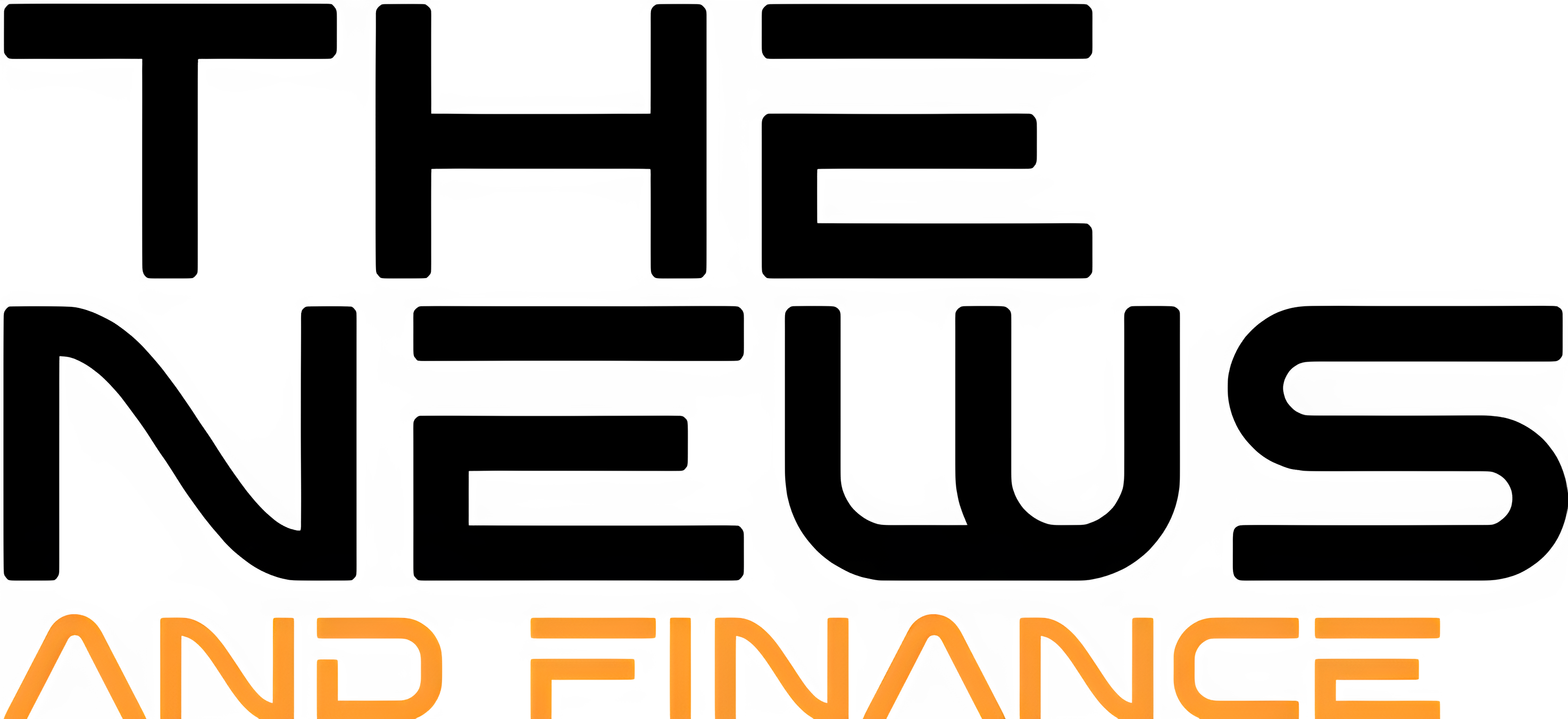To save lots of lives, Ukrainian fight medics should keep alive.
So, deep inside a place that troopers name “the black forest” in jap Ukraine, the medical corps of the 63rd Mechanized Brigade tries to stay hidden. The zero line — the place Russian and Ukrainian forces are squared off in trench strains nearby of one another — is just a mile or two away.
The long-lasting purple cross painted on the facet of the group’s armored car gives little safety from enemy fireplace. The truth is, troopers say, it makes them a goal. They fastidiously camouflage the car till it’s wanted — which is commonly lately as Russian forces mount wave after wave of assaults.
The car is on the fight medic station, a essential hyperlink within the chain of take care of troopers wounded on the entrance. It’s typically the primary cease earlier than they’re dispatched to stabilization factors farther from the combating after which to superior medical facilities the place extra sophisticated procedures, like amputations, are carried out.
The medics at fight outposts present primary trauma care, together with setting bones, making use of tourniquets, giving ache medicine and, in some areas, performing blood transfusions.
The medics’ lives revolve across the routine.
“There are solely two choices: Both you’re on obligation or you’re having relaxation,” mentioned Lt. Andriy, a 27-year-old dentist who was mobilized in the summertime of 2022 and is now a lead medic for the brigade. Like different troopers, he requested that his final identify not be utilized in accordance with army protocol.
“You get up within the morning, prepare and go,” he mentioned. “With out an excessive amount of pondering.”
As he was speaking, an pressing message crackled over the radio.
“Two males down. Fly out.”
It was time to go. Vasyl, the driving force on obligation, glanced up on the sky, searching for Russian plane.
“At present, there are such a lot of drones and kamikazes,” he mentioned. “They’re searching us.”
Luckily for them, the clouds hung low and heavy, limiting vary of imaginative and prescient.
Vasyl pulled the armored car out from below the comb, the troopers checked their package, and so they set off as soon as extra.
They didn’t understand it as they drove, however this might not be a rescue mission. The 2 Ukrainian troopers had died the place they’d fallen. As soon as the group arrived, all they may do was wrap the our bodies in black plastic baggage and carry them away.
“The most effective expertise is if you save a closely wounded soldier,” Lieutenant Andriy mentioned. “And the worst is when you possibly can’t assist.”
“I can’t name it a routine,” Lieutenant Andriy mentioned. “It’s our obligation. However you possibly can’t get used to folks’s ache.”
The size and depth of the warfare in Ukraine — which has ebbed and flowed over two years however not often relented — will be laborious to fathom. Fight medics and their groups typically see the worst of it.
“You’ll be able to’t describe it in phrases,” Vasyl mentioned.
A practice conductor earlier than the warfare, he volunteered three days after Russia’s full-scale invasion started in February 2022. Since he spent 45 days in Bakhmut earlier than it fell to Russian forces, nothing actually shocks him anymore.
“Legs and arms, items of our bodies,” he mentioned, attempting to explain what he had seen. “I felt hatred towards Russians. I used to be raised in a patriotic manner. I like Ukraine. I used to be able to defend it. And so now I’m.”
Whereas the weapons used to kill have developed from swords and muskets to exploding drones and thermobaric bombs, troopers die simply as they’ve for hundreds of years.
They bleed out. Organs fail. Trauma makes it unimaginable to attract a breath. Time turns into the enemy.
The stabilization medics are working in what the American army refers to because the “golden hour” — the time period when a life is saved or misplaced. Simply touring the brief distance from their bunker to the zero line and again can take half-hour to an hour, typically below withering bombardment, Lieutenant Andriy mentioned.
“As soon as, as we went for evacuation at evening, we by accident drove to the Russian positions,” Lieutenant Andriy mentioned.
Russian is often spoken by Ukrainian troopers, and they didn’t instantly understand they have been in enemy territory.
“We requested them if they’d any wounded,” he mentioned. “They mentioned they’d their very own transport. We requested them to determine rapidly in the event that they wanted help, as we wanted to depart. They began surrounding our car. We understood one thing was mistaken.”
The Ukrainians jumped into their car and raced away.
“The Russians have been taking pictures at us,” he mentioned. “However we managed to depart and even discovered our wounded troopers that we have been imagined to evacuate.”
The Ukrainian army doesn’t launch detailed details about casualties or statistics on the restoration of the wounded, however about 70 p.c of all Ukrainian fight deaths and accidents end result from Russian artillery and rocket barrages, in keeping with the World Surgical and Medical Help Group, an American nongovernmental group. The group has been offering surgical assist to Ukraine since Russia’s full-scale invasion started practically two years in the past.
Typically the combating is so fierce that the medics can not attain the entrance line to evacuate the wounded. They’ll wait to listen to if they’re wanted at one other location, then pace throughout bumpy roads to load wounded troopers into armored automobiles, treating head wounds and different accidents as they head again to a stabilization level.
Digital jamming and eavesdropping make it troublesome to speak the character of accidents from the battlefield. Russia has repeatedly focused medical amenities, the Ukrainian medics and the United Nations say, so subject hospitals must be each hid and situated farther from the entrance. Evacuation by air is unimaginable given the density of air protection close to the entrance.
The therapy of wounded troopers can be sophisticated by structural issues which might be a legacy of the Soviet system: mismanagement, a dearth of skilled instructors, tensions between medics on the bottom and the command within the Basic Employees, and the reliance on volunteers to purchase most provides.
In November, President Volodymyr Zelensky dismissed the commander of the Medical Forces, Tetyana Ostashchenko, changing her with Anatoliy Kazmirchuk, the pinnacle of a army hospital in Kyiv.
“A essentially new degree of medical assist for our army is required,” Mr. Zelensky mentioned when he introduced the change. “From high-quality tourniquets to full digitalization and transparency in provides, from high-quality coaching to trustworthy communication with fight medics in these models which might be functioning correctly and effectively.”
Lieutenant Andriy mentioned he was typically shocked by how a lot his group might accomplish given the circumstances.
“Regardless of how exhausted we’re, we all know what we’re combating for,” he mentioned. “We’re combating for our homeland. Our households and youngsters are behind us. They wish to reside in peace, to prosper, to be pleased.”
“We’ll stand so long as wanted,” he mentioned.









